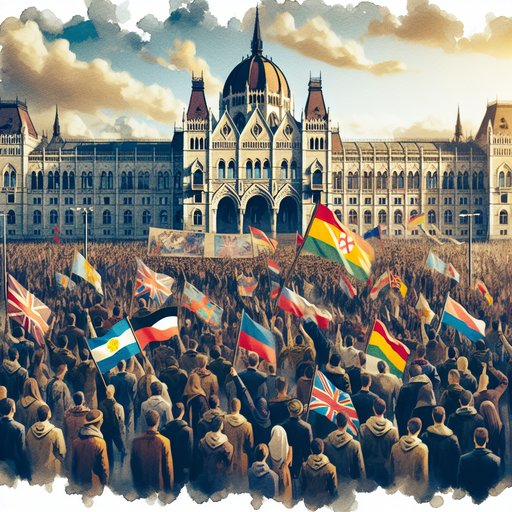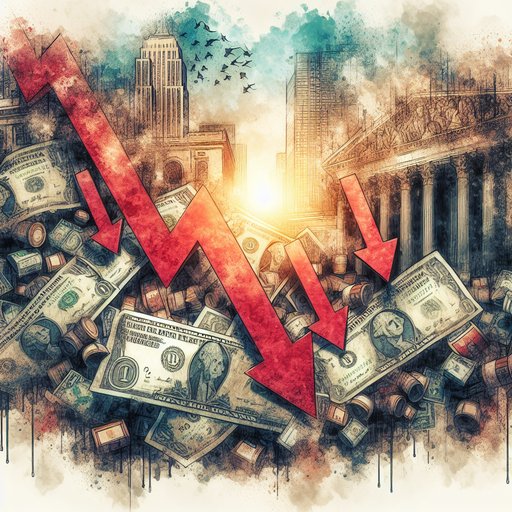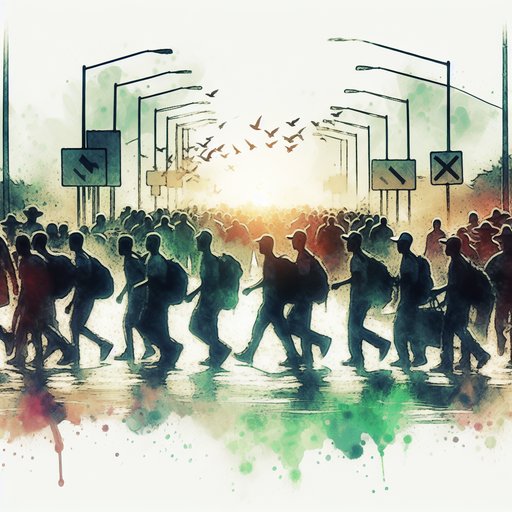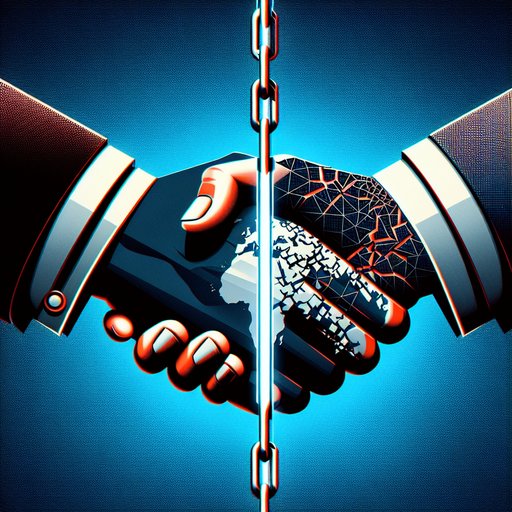
On July 23, 2025, the Turkish government reaffirmed its strong opposition to any separatist activity aimed at dividing Syria. In a clear and forceful statement, officials in Ankara warned that Turkey stands prepared to directly intervene should any faction attempt to fragment Syrian territory further. This announcement comes amid ongoing tensions in the region surrounding the issue of autonomy for various Syrian groups—a subject that remains highly contentious both domestically within Syria and internationally. Turkey framed its position as a defense of regional stability, signaling its intent to maintain the territorial unity of its southern neighbor even in the face of shifting dynamics on the ground [1].

On July 23, 2025, global financial markets responded swiftly to a new decision by a major central bank to cut interest rates. The move, aimed at bolstering economic momentum in the face of trade uncertainties and evolving fiscal policies, had an immediate effect on key asset classes and investor sentiment. Notably, the price of gold surged within 48 hours as traders recalibrated their positions and weighed the longer-term implications of the central bank’s latest policy adjustment.

Emerging-market economies are once again confronting heightened debt risks amid a resurgence in the US dollar’s strength. The week ending July 23, 2025, saw notable pressure on emerging-market currencies, stemming from a robust greenback that has gained ground against both G10 and most developing-nation currencies. This resurgence is raising concerns about the ability of heavily-indebted emerging-market countries to refinance their burdens and avoid destabilizing financial scenarios in the second half of the year [1].

The semiconductor industry is witnessing a series of transformative developments as leading companies leverage new technologies to drive innovation, efficiency, and growth. On July 23, 2025, some of the world’s most prominent players—including Taiwan Semiconductor Manufacturing Co. (TSMC), Nikon, and Synopsys—announced advancements poised to shape the future of chip design and production. These breakthroughs span next-generation lithography tools, expanded production capacities, and AI-driven chip manufacturing, reflecting broader optimism about the sector’s potential amid soaring demand for artificial intelligence and advanced electronics.

This week, Kenya’s human rights movement found itself at the center of national attention after prominent activist Boniface Mwangi was charged with possession of ammunition, following government crackdowns on recent antigovernment protests. The legal development, unfolding just days after widespread demonstrations demanding democratic reforms, is seen by supporters and observers alike as a defining moment in the ongoing struggle for civil liberties and the right to protest in the country. The case has sparked both concern and cautious hope among rights advocates, who see Mwangi’s resilience as emblematic of Kenyans’ aspiration for a more just and open society [1].

Intense debates over migration and border policy have erupted this week as new U.S. measures, including increased fees for visitors and asylum seekers, go into effect. Widespread criticism has been voiced by advocates, legal experts, and volunteers following recent government actions aiming to reshape both the financial and enforcement landscape of immigration. At the same time, reports of abusive conditions in several Florida detention centers and an expanded immigration enforcement budget are fueling concern about the direction of U.S. border policy and its human impact. These rapid policy shifts come amid surging activism in immigration courts and mounting attention from communities across the country.

On July 22, 2025, international security alliances scrambled to address a dramatic escalation in drone technology and production capabilities supporting Russia’s war in Ukraine. Recent intelligence revealed Moscow could soon be capable of launching up to 2,000 Iranian-designed Shahed drones in a single night, marking a significant technological edge that threatens to overwhelm traditional defense systems. In response, NATO member states—especially Germany—are pivoting towards more cost-effective countermeasures to support Ukraine’s defense, underscoring a new era of rapid adaptation and alliance coordination amidst evolving threats on the European continent [1].

A transformative leap in solar and battery storage technology is reshaping the future of clean energy. Recent advances have dramatically reduced battery prices, making it feasible to supply solar power around the clock. This significant development, unveiled on July 22, 2025, sets a new trajectory for how society can harness and rely on renewable energy—for homes, businesses, and grids—progressing much further and faster than many had anticipated.

Global diplomacy witnessed notable movements on July 22, 2025, as states responded to ongoing sanctions regimes and negotiated new avenues for dialogue. With tensions fluctuating on the Korean peninsula and discussions of renewed sanctions elsewhere, world powers demonstrated both resolve and adaptability. In particular, South Korea's recent deliberation over allowing individual tours to North Korea signals a pragmatic yet optimistic shift in strategy, while broader conversations around sanctions—from Tehran to Moscow—underscore the complex and evolving interplay between diplomacy and economic pressure.

As Formula 1 gears up for the Belgian Grand Prix, all eyes are on Oscar Piastri following his controversial penalty at Silverstone. The young driver is determined to make a strong comeback, while the racing world remains abuzz with significant developments, including Christian Horner's exit from Red Bull and the potential shift of F1 broadcasting to Apple TV+.




























